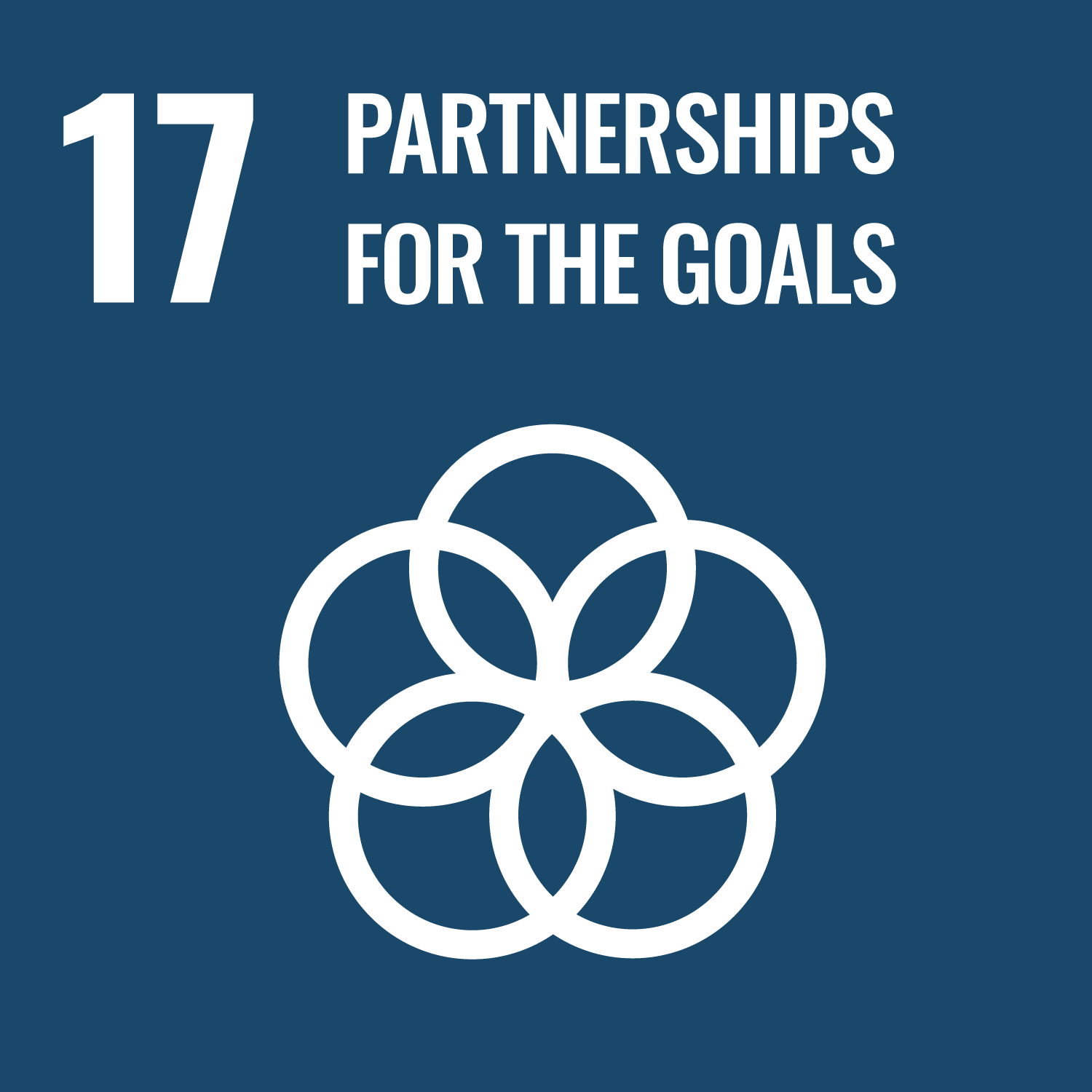Image processing is indispensable for various fields, including industry, natural science, entertainment, and so on. This
class, Digital Media Processing 1, introduces basic image-processing techniques such as digital image acquisition, filtering,
and geometric transform. For most of algorithms presented in class, interactive demonstrations with source codes (python)
will be provided to support your deep comprehension.
(*)Lecture notes are available from Ijiri's web page (takashiijiri.com) and lecture videos will be available from Microsoft stream.
(*)Lecture style may change depending on the prevalence of COVID19 and social conditions.
(*)Lecture notes are available from Ijiri's web page (takashiijiri.com) and lecture videos will be available from Microsoft stream.
(*)Lecture style may change depending on the prevalence of COVID19 and social conditions.
To learn various basic algorithms for image processing, including convolution filtering, Fourier transform, affine transform,
deconvolution. To improving programing skills through python programing exercises for image processing.
Lecture notes are available at takashiijiri.com.
Lecture videos are also available on Microsoft Stream.
Lecture notes are available at takashiijiri.com.
Lecture videos are also available on Microsoft Stream.
- Introduction to digital image processing - Goal is that students understand various techniques of image acquisition and can explain them.
- Image filtering - Goal is that students understand basic filtering techniques, such as tone curve, linear and non-linear filters and can explain them.
- Geometric transformation – Goal is that students understand affine transform and interpolation and can explain them.
- Image compression – Goal is that students understand and explain basic information theory and image compression algorithms.
- Programing assignments - Goal is that students write programs of various basic image processing algorithms in python.
| Class schedule | HW assignments (Including preparation and review of the class.) | Amount of Time Required | |
|---|---|---|---|
| 1. | Introduction 1: Digital image, sampling and quantization | Preparation and review the lecture by using online lecture notes. | 200minutes |
| 2. | Introduction 2: Digital camera, human vision, color | Preparation and review the lecture by using online lecture notes. | 200minutes |
| 3. | Filtering 1: tone curve, linear filters | Preparation and review the lecture by using online lecture notes. | 200minutes |
| 4. | Filtering 2: non-linear filters, halftoning | Preparation and review the lecture by using online lecture notes. | 200minutes |
| 5. | Filtering 3: DFT, frequency filters | Preparation and review the lecture by using online lecture notes. | 200minutes |
| 6. | Geometric transform : affine transform and image interpolation | Preparation and review the lecture by using online lecture notes. | 200minutes |
| 7. | Convolution and deconvolution | Preparation and review the lecture by using online lecture notes. | 200minutes |
| 8. | Image compression | Preparation and review the lecture by using online lecture notes. | 200minutes |
| 9. | Examination | prepare for the examination. | 200minutes |
| 10. | Programming exercise (PC room): | solve assignments. | 400minutes |
| 11. | Programming exercise (PC room): | solve assignments. | 400minutes |
| 12. | Programming exercise (PC room): | solve assignments. | 400minutes |
| 13. | Programming exercise (PC room): | solve assignments. | 400minutes |
| 14. | Programming exercise (PC room): | solve assignments. | 400minutes |
| 15. | |||
| Total. | - | - | 3800minutes |
| programing assignment | Examination | minute paper and daily test | Total. | |
|---|---|---|---|---|
| 1. | 5% | 10% | 3% | 18% |
| 2. | 5% | 10% | 3% | 18% |
| 3. | 5% | 10% | 2% | 17% |
| 4. | 5% | 10% | 2% | 17% |
| 5. | 30% | 30% | ||
| Total. | 50% | 40% | 10% | - |
By minute papers (10%), examinations (40%), and assignments (50%).
-- The examination will contain basic questions (30~40%), developmental questions (20~30%), and calculation (30~40%) with respect to image processing.
-- Programming assignments contain
+ basic assignments (60%)
+ developmental assignments (40%)
with respect to image processing and image recognition.
-- The examination will contain basic questions (30~40%), developmental questions (20~30%), and calculation (30~40%) with respect to image processing.
-- Programming assignments contain
+ basic assignments (60%)
+ developmental assignments (40%)
with respect to image processing and image recognition.
CG-Arts協会(画像情報教育進行委員会)『ディジタル画像処理[改訂新版] 大型本』 (in Japanese).
All the lecture notes will be uploaded at takashiijiri.com/classes/ about one week before the lecture. I recommend you to check them in advance.
All the lecture notes will be uploaded at takashiijiri.com/classes/ about one week before the lecture. I recommend you to check them in advance.
Recommend you to make a study plan based on this syllabus and online lecture notes (takashiijiri.com/classes/).
- Course that cultivates a basic problem-solving skills
- Course that cultivates an ability for utilizing knowledge
| Work experience | Work experience and relevance to the course content if applicable |
|---|---|
| N/A | N/A |


- 4.QUALITY EDUCATION
- 17.PARTNERSHIPS FOR THE GOALS
Last modified : Tue Aug 16 04:03:35 JST 2022

